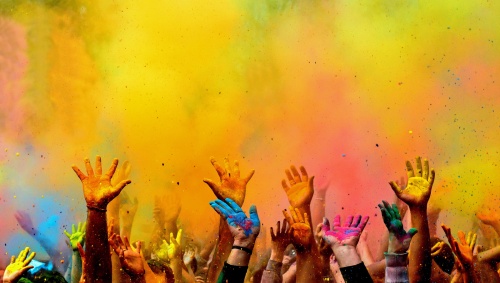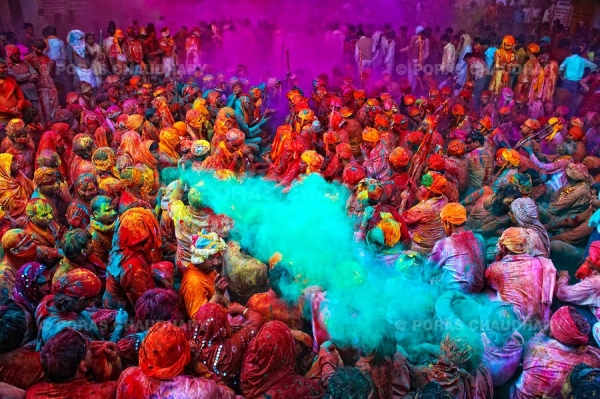

Holi 2019: Auspicious Time And Date
BY : Neha Jain – Cultural & Festival Content WriterTable of Content
Holi is celebrated in the season of Vasant. Holi festival is celebrated with full enthusiasm in every region of India. It’s the mark the victory of good over evil. This colorful festival is the time when winter ends and summer commences. Holi is considered as one of the most celebrated and revered festivals celebrated by the people of
The festival lasts for two days starting on the Purnima full Moon day, falling in the month of Falgun, which is somewhere between the end of February and the middle of March according to the Georgian Calendar. The first day is known as Holika Dahan Chhoti Holi and the second as Rangwali Holi, Dhulandi or Dhulivandan. In this festival, every place looks colorful. This year
Holi Puja Vidhi
There are two dimensions to
Holi Celebration Date 2019
Holi: 21st March 2019
Holika Dahan: 20th March 2019

Every color means something special in the Indian psyche. Red, for instance, is a mark of matrimony.
Read More- Play with these colors this Holi for good luck
Significance of Holi
As the festival of Holi comes it brings with it the colors of life and colors of love. The beautiful natural colors
Mythological significance
According to Hindu Mythology, there are many reasons for the celebration of Holi. The most legendary story behind the Holi celebration is the Story of Prahalad. He was the son of demon king Hirankashyap. In urge of becoming immortal, he praised Lord Brahma and he blessed him with five boons. As Hirankshyap was not agreed with the loyal devotion of Prahlad towards Lord Vishu, he made several attempts to kill him but he failed
Holi also celebrates the legend of Radha and Krishna which describes the extreme delight, Krishna took in applying
Mythology also states that Holi is the celebration of
Another legendary story is extremely popular in Southern India is that of Lord Shiva and Kaamadeva. In South India, people celebrate the sacrifice of Lord of Passion Kaamadeva who risked his life to revoke Lord Shiva from meditation and save the world.
Cultural Significance
The legend of Hiranyakashyap and Prahlad also points to the fact that extreme devotion to god pays as god always takes his true devotee in his shelter. Holi helps the people to believe in the virtue of being truthful and honest and also to fight away the evil. With the
Social Significance
Holi is the symbol of strength and unity in secular India. Besides, on this day people do not differentiate between the rich and poor and everybody celebrate the festival together with a spirit of bonhomie and brotherhood. In the evening people visit friends and relatives and exchange gifts, sweets
Biological Significance
Besides, the
Authentic Holi eatables
As we celebrate
Author: Neha Jain – Cultural & Festival Content Writer
Neha Jain is a festival writer with 7+ years’ experience explaining Indian rituals, traditions, and their cultural meaning, making complex customs accessible and engaging for today’s modern readers.






.png)